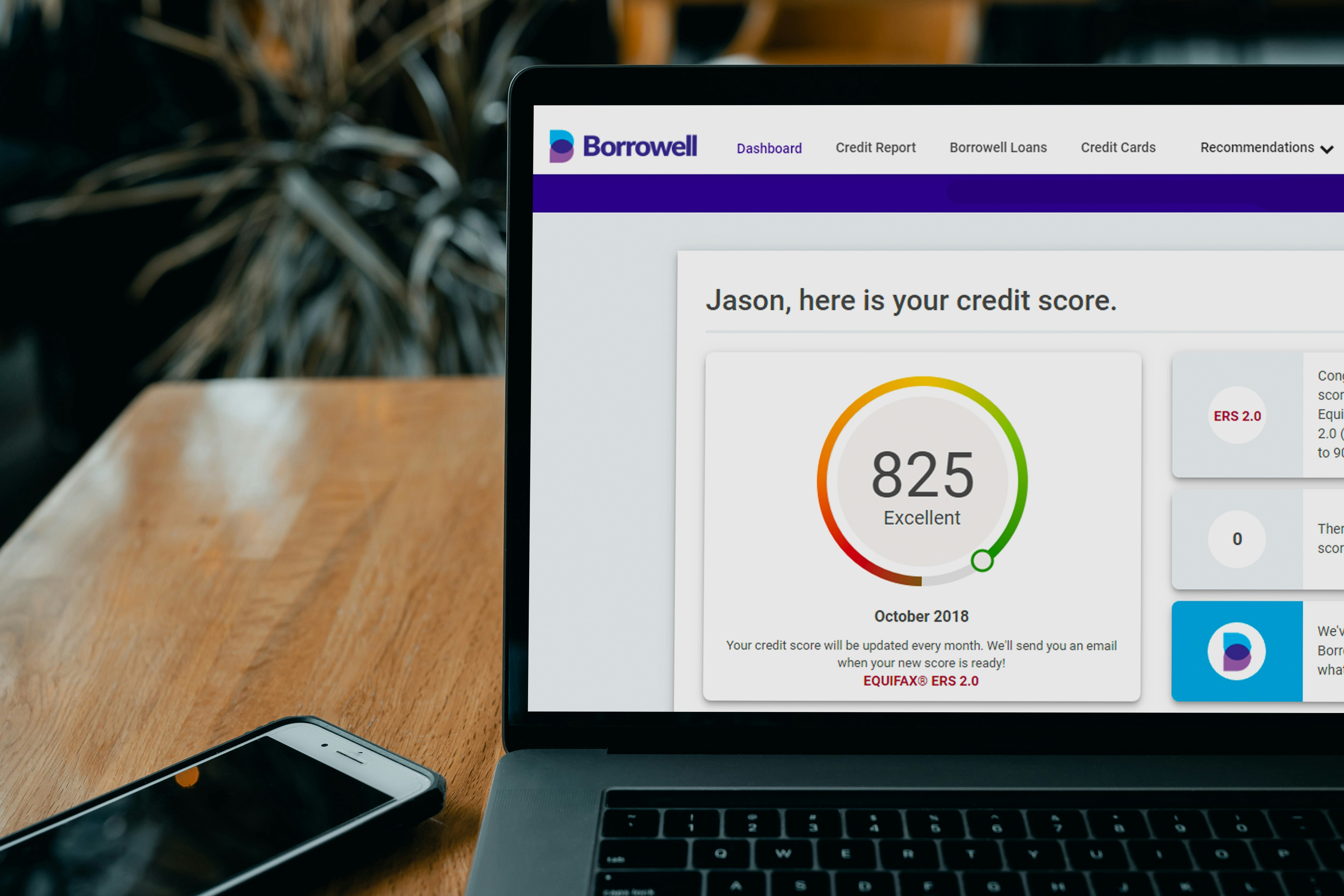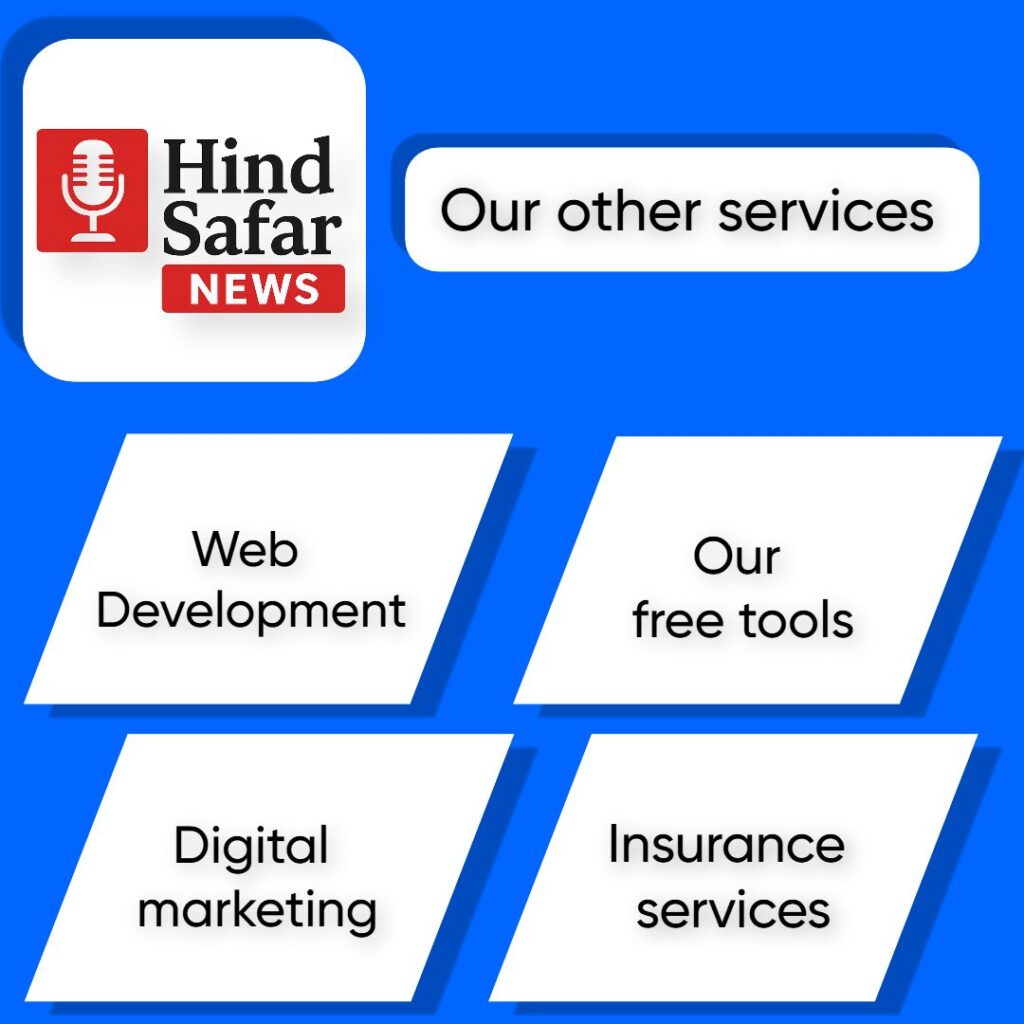Online Business Plan: Crush Your Failing Idea with 7 Unbeatable Steps

Table of Contents
The following table provides a comparative overview of the digital landscape and entrepreneurial environment across six key global economies: India, the USA, the UK, France, Japan, and Germany. It highlights critical factors such as internet penetration rates, e-commerce growth trends, startup funding availability, and prevalent online business models in each region. Understanding these nuances is crucial when developing an online business plan with an eye towards international expansion or when analyzing the competitive landscape within a specific target market. This information can significantly influence strategic decisions outlined in your online business plan, from target audience selection and marketing strategies to operational logistics and financial forecasting.
The Indispensable Guide to Crafting Your Killer Online Business Plan
Embarking on the journey of launching an online business is an exhilarating prospect, brimming with potential and the promise of autonomy. However, like any ambitious endeavor, it demands meticulous planning and a well-structured roadmap to navigate the inevitable challenges and capitalize on emerging opportunities. This comprehensive guide delves deep into the essential components of creating a robust online business plan, providing actionable insights and considerations tailored for entrepreneurs in diverse global markets, including India, the USA, the UK, France, Japan, and Germany. Whether you’re a budding startup founder in Bangalore, a seasoned entrepreneur in Silicon Valley, or an innovator exploring the digital landscape in Berlin, a thoughtfully crafted online business plan serves as your compass, guiding your decisions and increasing your chances of sustainable success in the competitive online realm.
Step 1: Laying the Foundation – Defining Your Vision and the Core of Your Online Business Plan
Before even considering website design or marketing strategies, the bedrock of any successful online business plan lies in clearly defining your business idea, your mission, and your unique value proposition. This initial phase requires introspection and a thorough understanding of the problem you aim to solve or the need you intend to fulfill in the digital marketplace.
Identifying Your Niche and Target Audience for Your Online Business Plan
The vastness of the internet necessitates a focused approach. Instead of trying to cater to everyone, your online business plan should pinpoint a specific niche market and define your ideal customer. Consider factors such as demographics, psychographics, online behavior, and pain points.
- India: With its massive and diverse online population, identifying hyper-local or culturally specific niches can be particularly rewarding. Consider the burgeoning demand for regional language content, online educational services catering to specific exam preparations, or e-commerce platforms focusing on traditional Indian crafts.
- USA: The US market is characterized by high consumer spending and a mature e-commerce ecosystem. Niche markets often revolve around lifestyle preferences, ethical consumption, or specialized hobbies.
- UK: Similar to the US, the UK has a well-established online market. Niches related to sustainability, artisanal products, and convenience-driven services tend to perform well.
- France: French consumers often value quality, design, and heritage. Niches around gourmet food, fashion, and cultural experiences can find a receptive audience online.
- Japan: The Japanese online market emphasizes trust, high-quality products, and attention to detail. Niches catering to specific interests like anime, gaming, or health and wellness often thrive.
- Germany: German consumers are known for their practicality and value for money. Niches focused on functional products, sustainable solutions, and specialized tools tend to resonate.
Your online business plan must articulate who your target audience is, their online habits, where they spend their time online, and what their specific needs and desires are. This detailed understanding will inform every subsequent aspect of your plan, from product development to marketing messaging.
Defining Your Unique Value Proposition in Your Online Business Plan
In a crowded online landscape, what makes your offering stand out? Your unique value proposition (UVP) is the core promise you make to your customers – what unique benefit will they receive by choosing your business over the competition? Your online business plan needs to clearly and concisely articulate this UVP.
Consider these questions:
- What problem do you solve better than anyone else?
- What unique features or benefits do you offer?
- What makes your customer experience exceptional?
For example, an Indian online business might offer personalized online tutoring with teachers fluent in regional languages, catering to a specific segment of the education market. In the US, a UVP could be centered around sustainably sourced and ethically produced fashion. A UK-based online business might focus on providing highly curated subscription boxes tailored to niche hobbies. A French online venture could emphasize handcrafted, locally sourced artisanal goods. A Japanese online service might offer unparalleled customer support and meticulous attention to detail. A German online platform could focus on providing highly efficient and reliable software solutions for small businesses. Your online business plan should highlight this distinctive edge.
Step 2: Understanding the Battlefield – Market Research and Analysis for Your Online Business Plan
A successful online business plan is grounded in thorough market research and analysis. You need to understand the size of your target market, the trends shaping your industry, your competitive landscape, and the potential opportunities and threats that lie ahead.
Analyzing Your Target Market in Your Online Business Plan
Building upon the niche and target audience defined in Step 1, your online business plan should include a detailed analysis of your market. This involves quantifying the size of your potential customer base, understanding their purchasing power, and identifying their online behavior.
- India: Analyze the growth of internet penetration in Tier II and Tier III cities, the increasing adoption of digital payment methods, and the rising disposable income of the middle class. Understand regional preferences and the impact of cultural nuances on online purchasing decisions.
- USA: Examine demographic trends, consumer spending patterns, and the impact of social media on purchasing decisions. Analyze the demand for specific product categories and the prevalence of online shopping across different age groups.
- UK: Investigate the impact of Brexit on consumer behavior and supply chains. Analyze the growth of mobile commerce and the increasing demand for sustainable and ethically sourced products.
- France: Understand the importance of brand heritage and quality to French consumers. Analyze the online purchasing behavior across different regions and the impact of government regulations on e-commerce.
- Japan: Analyze the aging population and its impact on online spending habits. Understand the high expectations for customer service and the importance of mobile-first experiences.
- Germany: Examine the strong emphasis on data privacy and security among German consumers. Analyze the demand for environmentally friendly products and the prevalence of online banking.
Your online business plan should present data-driven insights into your target market, demonstrating a clear understanding of its characteristics and potential.
Scrutinizing Your Competitors in Your Online Business Plan
A critical component of your market research is a thorough analysis of your competitors. Your online business plan should identify both direct and indirect competitors, evaluate their strengths and weaknesses, and understand their strategies.
Consider the following for each competitor:
- Their products or services
- Their pricing strategy
- Their marketing and sales tactics
- Their online presence (website, social media, etc.)
- Their customer reviews and reputation
Identifying gaps in the market or areas where your competitors are underperforming can reveal opportunities for your online business to differentiate itself. Your online business plan should outline how you plan to position yourself competitively within the existing landscape.
Identifying Opportunities and Threats for Your Online Business Plan
A comprehensive market analysis also involves identifying potential opportunities that your online business can capitalize on and potential threats that you need to mitigate.
- Opportunities: These could include emerging trends, unmet customer needs, technological advancements, or changes in regulations. For example, the increasing demand for online education in India presents a significant opportunity for e-learning platforms. The growing awareness of sustainability globally creates opportunities for eco-friendly online businesses.
- Threats: These could include increasing competition, changing consumer preferences, economic downturns, or new regulations that could impact your business. For instance, the evolving data privacy laws in Europe (like GDPR) pose a threat to online businesses that don’t comply.
Your online business plan should demonstrate an awareness of these external factors and outline strategies to leverage opportunities and address potential threats.
Step 3: Charting the Course – Defining Your Online Business Model in Your Online Business Plan
Your business model outlines how your online business will create, deliver, and capture value. Your online business plan needs to clearly articulate your chosen model and how it will generate revenue and achieve profitability.
Exploring Various Online Business Models for Your Online Business Plan
The online world offers a plethora of business models to choose from. Your online business plan should consider and justify the model that best aligns with your vision, target market, and resources. Some common online business models include:
- E-commerce: Selling physical or digital products directly to consumers. This model is popular across all regions, with variations like direct-to-consumer (D2C) brands gaining traction in India, the US, and the UK.
- Subscription-based services: Providing recurring value to customers for a recurring fee, such as SaaS (Software as a Service) platforms popular in the US and Germany, or content subscriptions gaining popularity in Japan and France.
- Affiliate marketing: Earning commissions by promoting other companies’ products or services. This model is prevalent globally and can be particularly effective in niche markets.
- Content creation and monetization: Creating valuable content (blogs, videos, podcasts) and monetizing it through advertising, sponsorships, or selling digital products. This model is gaining significant traction in India with the rise of digital creators.
- Online marketplaces: Creating a platform that connects buyers and sellers, such as those facilitating the sale of handicrafts in India or specialized goods in Japan.
- Online services: Offering services such as consulting, coaching, or freelancing through online platforms, which has seen a surge in demand globally.
Your online business plan should clearly define which model or combination of models you will adopt and explain how it will generate revenue streams.
Detailing Your Revenue Streams in Your Online Business Plan
Your online business plan needs to provide a detailed breakdown of your anticipated revenue streams. How will your online business make money? Be specific and provide realistic projections based on your market research and chosen business model.
For an e-commerce business, revenue streams would include sales of products. For a subscription service, it would be recurring subscription fees. For affiliate marketing, it would be commissions on sales. Your online business plan should quantify these streams and explain your pricing strategy. Consider factors like customer acquisition cost, average order value, and customer lifetime value.
Determining Your Cost Structure in Your Online Business Plan
Understanding your cost structure is crucial for profitability. Your online business plan should outline all the anticipated costs associated with running your online business, including:
- Fixed costs: Rent (if applicable), software subscriptions, website hosting, salaries.
- Variable costs: Cost of goods sold, marketing and advertising expenses, shipping costs, and payment processing fees.
Be thorough in identifying all potential costs relevant to your specific online business in your target markets. For example, shipping costs can vary significantly between India and the US. Payment gateway fees might differ between the UK and Japan. Your online business plan should account for these regional variations.
Step 4: Reaching Your Audience – Crafting Your Marketing and Sales Strategy for Your Online Business Plan
A brilliant online business idea will fail without an effective marketing and sales strategy to reach your target audience. Your online business plan must detail how you plan to attract, engage, and convert potential customers into loyal patrons.
Defining Your Online Marketing Channels in Your Online Business Plan
Your online business plan should identify the specific online marketing channels you will leverage to reach your target audience. The most effective channels will vary depending on your industry, target market, and budget. Common online marketing channels include:
- Search Engine Optimization (SEO): Optimizing your website and content to rank higher in search engine results pages (SERPs). This is a long-term strategy crucial for organic traffic in all markets, including India, the USA, the UK, France, Japan, and Germany.
- Search Engine Marketing (SEM) / Pay-Per-Click (PPC) Advertising: Running paid ad campaigns on search engines like Google to drive targeted traffic to your website. Effective in reaching specific demographics and interests across all regions.
- Social Media Marketing (SMM): Building a presence and engaging with your audience on relevant social media platforms. The preferred platforms vary by region (e.g., Facebook and Instagram are popular in India and the US, while LINE is dominant in Japan).
- Email Marketing: Building an email list and sending targeted messages to nurture leads and promote your products or services. A highly effective channel for customer retention globally.
- Content Marketing: Creating and distributing valuable, relevant, and consistent content to attract and retain a clearly defined audience. Essential for building authority and trust in all markets.
- Influencer Marketing: Collaborating with influential individuals in your niche to promote your brand and products. Popular across all regions, but the choice of influencers requires cultural sensitivity.
- Affiliate Marketing (as a marketing channel): Partnering with other websites or individuals to promote your products and services in exchange for a commission.
- Public Relations (Online PR): Building relationships with online media outlets and bloggers to secure positive coverage for your brand.
Your online business plan should specify which channels you will prioritize and justify your choices based on your target audience and marketing budget.
Outlining Your Sales Strategy in Your Online Business Plan
Your sales strategy details how you will convert leads generated through your marketing efforts into paying customers. Your online business plan should outline your sales process, including:
- Lead generation: How will you attract potential customers? (e.g., through content downloads, webinars, free trials).
- Lead nurturing: How will you build relationships with leads and guide them through the sales funnel? (e.g., through email sequences, personalized content).
- Conversion: How will you encourage leads to make a purchase? (e.g., through compelling product descriptions, clear calls to action, special offers).
- Customer retention: How will you ensure repeat business and build customer loyalty? (e.g., through excellent customer service, loyalty programs, personalized recommendations).
Consider the online buying behavior in your target markets. For example, Japanese consumers often value detailed product information and high levels of customer support. Indian consumers might be more price-sensitive and responsive to promotions. Your online business plan should tailor your sales strategy to these regional nuances.
Step 5: Building Your Online Presence – Operations and Technology in Your Online Business Plan
Your online presence is the digital storefront of your business. Your online business plan needs to address the operational and technological aspects of building and maintaining this presence.
Developing Your E-commerce Platform or Website for Your Online Business Plan
If you are selling products or services online, your website or e-commerce platform is crucial. Your online business plan should outline your plans for:
- Platform selection: Will you use a pre-built platform like Shopify, WooCommerce, or Magento, or develop a custom solution? Consider factors like cost, scalability, and ease of use, as well as regional platform preferences.
- Website design and user experience (UX): Your website should be visually appealing, easy to navigate, and mobile-friendly. Consider cultural preferences in website design – for example, Japanese websites often feature a high density of information.
- Payment processing: You need to integrate secure and reliable payment gateways that are popular in your target markets. Options vary significantly between India (e.g., UPI, Paytm), the US (e.g., Stripe, PayPal), and other regions.
- Security: Protecting customer data is paramount. Your online business plan should address security measures like SSL certificates and data encryption, especially considering the strict data privacy regulations in Germany and Europe.
Establishing Your Online Operations for Your Online Business Plan
Beyond your website, your online business plan should cover the operational aspects of running your business, including:
- Inventory management: If you sell physical products, how will you manage your inventory to ensure you have enough stock without overstocking? Consider dropshipping as an option to minimize inventory risks, especially when entering new markets like France or Japan, where local warehousing might be challenging initially.
- Shipping and fulfillment: How will you package and ship your products to customers in different locations? Consider shipping costs, delivery times, and customs regulations, which can be significant factors when shipping to countries like Japan or Germany.
- Customer service: How will you provide support to your online customers? Consider offering multiple channels like email, phone, and live chat, and ensure your support team is equipped to handle inquiries from different time zones and cultural backgrounds. Providing customer support in local languages can be a significant advantage, especially in markets like India and Japan.
Leveraging Technology for Efficiency in Your Online Business Plan
Technology can play a vital role in streamlining your online operations and enhancing customer experience. Your online business plan should identify the key technologies you will use, such as:
- Customer Relationship Management (CRM) systems: To manage customer interactions and data.
- Email marketing platforms: To automate email campaigns.
- Analytics tools: To track website traffic, sales, and marketing performance. Google Analytics is a widely used tool across all regions. Consider local analytics platforms as well for deeper insights into specific markets like India.
Your online business plan should demonstrate how you will leverage technology to optimize your business processes and gain a competitive edge.
Step 6: Managing the Finances – Financial Projections and Funding in Your Online Business Plan
A solid online business plan includes detailed financial projections and a clear understanding of your funding needs. This section is crucial for attracting investors or securing loans.
Developing Your Financial Projections for Your Online Business Plan
Your financial projections should provide a realistic picture of your expected revenues, costs, and profitability over a specific period (typically 3-5 years). Key financial statements to include in your online business plan are:
- Startup costs: A detailed breakdown of all the initial expenses required to launch your online business.
- Revenue forecasts: Projections of your expected sales revenue based on your pricing strategy and market analysis, taking into account potential growth in different markets like the rapidly expanding Indian e-commerce sector.
- Cost of goods sold (COGS) projections: Estimates of the direct costs associated with producing or acquiring the goods you sell online.
- Operating expense projections: Forecasts of your ongoing expenses, such as marketing, salaries, and website maintenance.
- Profit and loss (P&L) statement: A summary of your projected revenues, costs, and profits over time.
- Cash flow projections: A forecast of the movement of cash into and out of your business.
- Break-even analysis: An estimate of the point at which your revenues will equal your total costs.
Ensure your financial projections are realistic and based on sound assumptions. Consider the economic conditions and market trends in your target countries. For example, the growth rate of e-commerce in India is different from that in Japan. Your online business plan should reflect these nuances.
Determining Your Funding Needs and Options for Your Online Business Plan
Based on your startup costs and cash flow projections, your online business plan should clearly state how much funding you need to launch and grow your online business. It should also outline your potential funding sources, which could include:
- Personal savings: Investing your capital into the business.
- Loans from banks or financial institutions: Securing debt financing.
- Angel investors: Individuals who provide capital to early-stage companies.
- Venture capital (VC) firms: Firms that invest in high-growth potential startups. The availability and focus of VC funding can vary significantly between regions like Silicon Valley in the US and emerging startup hubs in India.
- Crowdfunding: Raising small amounts of capital from a large number of people online. Popular platforms exist in all the target countries.
- Government grants and subsidies: Exploring funding programs offered by government agencies to support entrepreneurship, particularly in sectors like technology and innovation, in countries like Germany and France.
Your online business plan should present a compelling case for your funding needs and demonstrate a clear path to profitability for potential investors.
Step 7: Mitigating Risks and Planning for the Future – Risk Assessment and Growth Strategy in Your Online Business Plan
A comprehensive online business plan goes beyond the initial launch and considers potential challenges and long-term growth.
Identifying and Assessing Potential Risks for Your Online Business Plan
Every business faces risks. Your online business plan should identify potential risks that could impact your online venture and outline strategies to mitigate them. These risks could include:
- Increased competition: The online landscape is constantly evolving. How will you maintain your competitive edge?
- Changing consumer preferences: How will you adapt to shifts in what customers want?
- Technological disruptions: How will you stay ahead of new technologies that could impact your business?
- Security breaches and cyberattacks: How will you protect your website and customer data?
- Supply chain disruptions: If you sell physical products, how will you address potential issues with your supply chain, especially when dealing with international logistics?
- Economic downturns: How will your business withstand potential economic recessions in your target markets? Regulatory changes: Staying updated with and compliant with the evolving online regulations in different countries (e.g., GDPR in Europe, data localization norms in India) is crucial.
For each identified risk, your online business plan should outline a contingency plan to minimize its potential impact.
Developing Your Growth Strategy for Your Online Business Plan
Your online business plan should also look towards the future and outline your strategy for long-term growth and sustainability. This could include:
- Expanding your product or service offerings: How will you evolve your offerings to meet changing customer needs and market demands?
- Entering new markets: Do you plan to expand your online business to other regions, building on your initial success in markets like the US or the UK to tap into the potential of India or Southeast Asia?
- Building strategic partnerships: Are there opportunities to collaborate with other businesses to reach new customers or expand your offerings?
- Investing in new technologies: How will you leverage emerging technologies to improve your operations and customer experience?
- Building a strong brand and community: How will you foster customer loyalty and advocacy?
Your online business plan should demonstrate a forward-thinking approach and a clear vision for the future success of your online business.
By diligently working through these seven steps and tailoring your online business plan to the specific nuances of your target markets, you will significantly increase your chances of launching and sustaining a thriving online business in today’s dynamic digital landscape. Remember that your online business plan is a living document that should be reviewed and updated regularly as your business evolves and the market changes. Incorporating an external link to a reputable resource on online business strategy, such as the Small Business Administration (https://www.sba.gov/), can further enhance the SEO value and credibility of your post. An image of a visually appealing graphic representing the concept of an ‘online business plan’ with interconnected elements like strategy, market analysis, and financial projections. Image of a table comparing the startup ecosystem and online business growth in India, USA, UK, France, Japan, and Germany, focusing on key metrics like internet penetration and e-commerce revenue. An image of an illustration depicting the first step of creating an ‘online business plan’: defining your niche and target audience. image of a visual representation of market research, showing data analysis and competitor analysis relevant to an ‘online business plan’. image of a depiction of various online business models, such as e-commerce, SaaS, content creation, and affiliate marketing, crucial for an ‘online business plan’. An image of a graphic illustrating the importance of a strong marketing and sales strategy within an ‘online business plan’, showcasing different online marketing channels. image of a visual representation of the financial planning section of an ‘online business plan’, including revenue projections, cost analysis, and funding options. An image of an infographic highlighting the operational aspects of an ‘online business plan’, such as logistics, customer service, and technology infrastructure. An image of a visual representation of risk assessment and mitigation strategies in an ‘online business plan’. An image of a final image summarizing the key benefits of having a well-structured ‘online business plan’ for success. Sources













